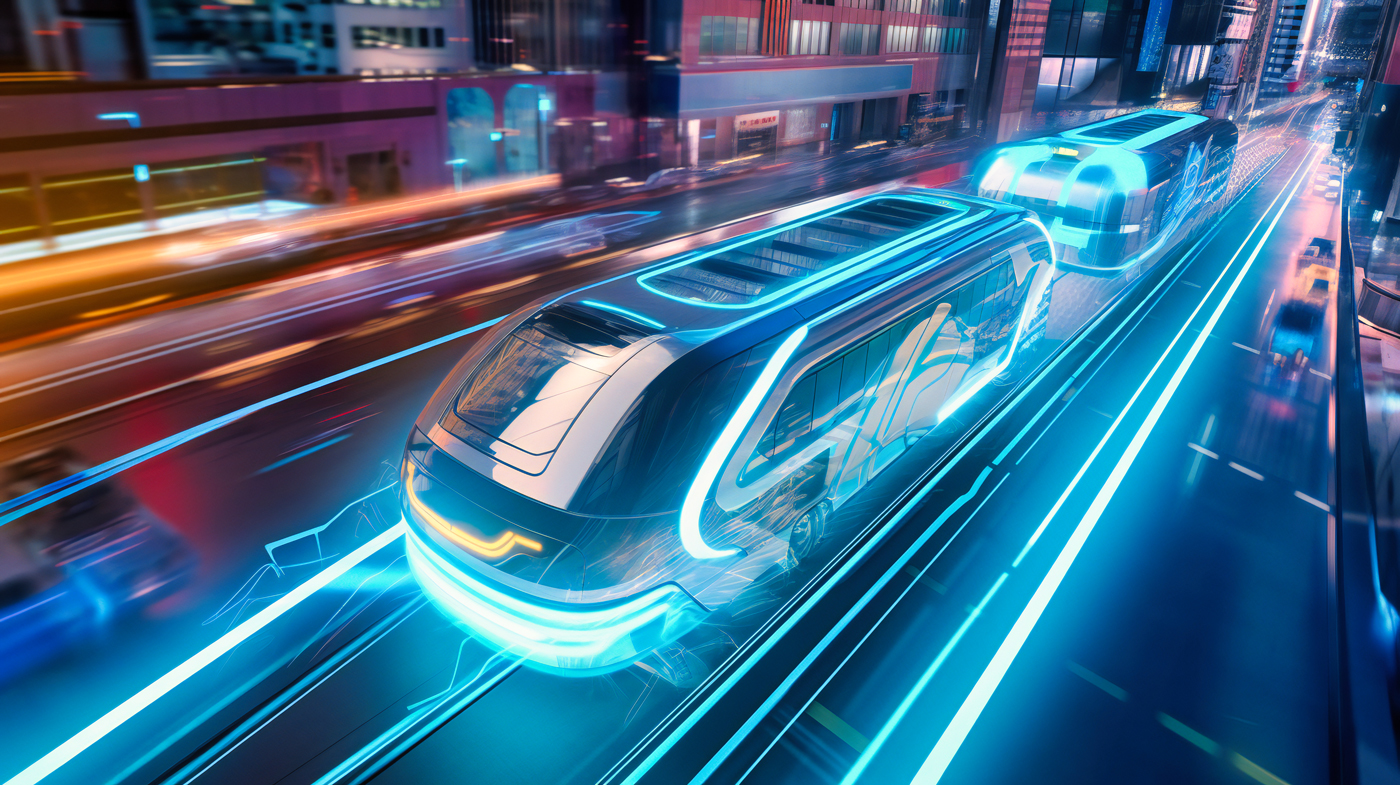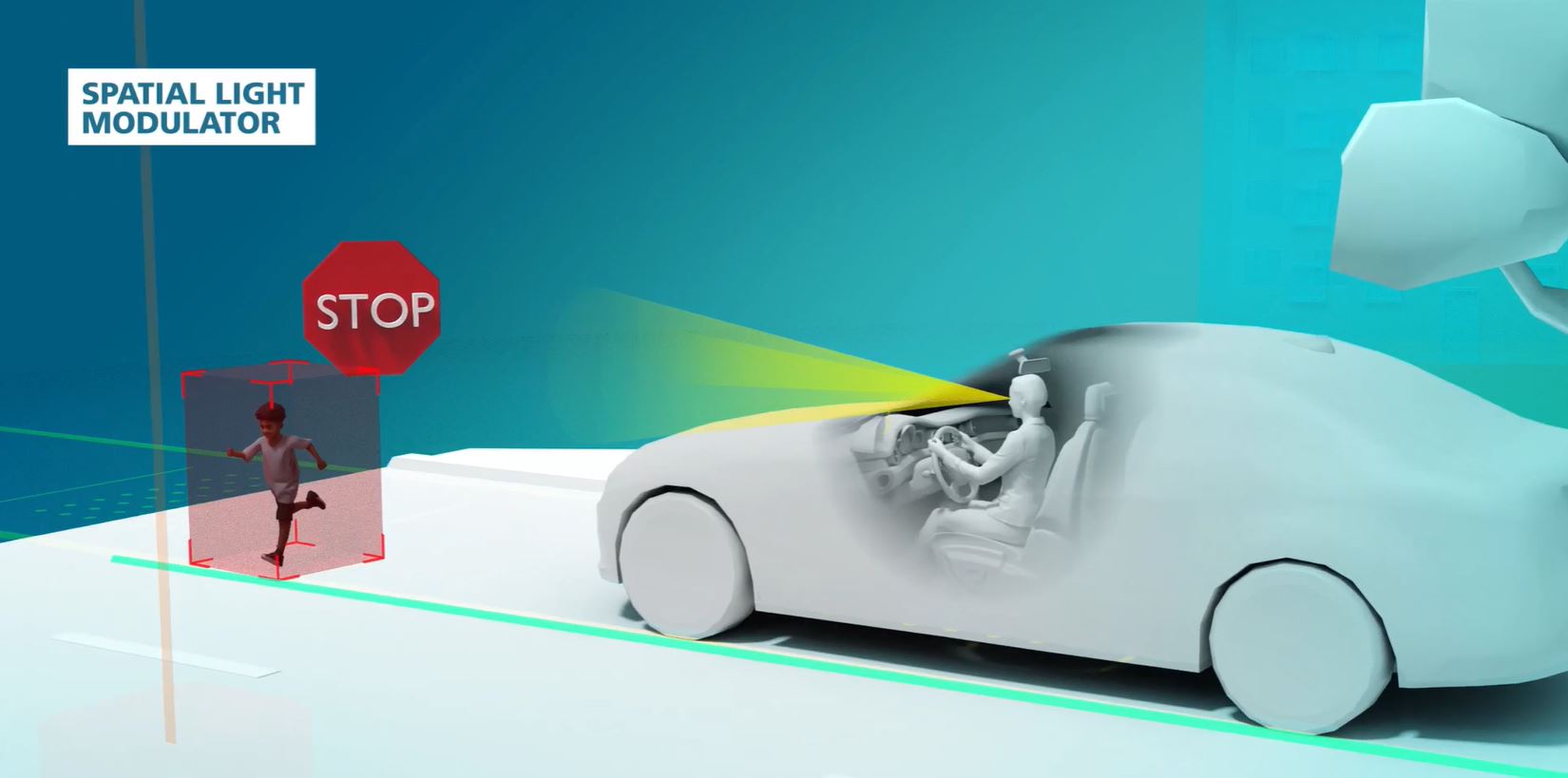Future Mobility: Green mobility "made in Saxony"
Applications in the field of moblity
Technology development and process innovations aim to improve the quality of technology designs by enabling performance improvements through reduced power loss and longer battery life. A focus is placed on quality assurance throughout product and process development and across the product life cycle. Adequate methods for process analysis, design and monitoring are being developed to ensure these standards.
In high-volume production, the focus is on further automation and digitalization. Unforeseen bottlenecks are to be avoided through factory simulation applications and visualization of material flows. At the same time, the digitalization of decision-making processes in office workflows is being driven forward in order to create transparent and efficient processes. It is particularly important to establish people-centered workplaces that promote collaboration and the well-being of employees. This integrated approach not only promotes technological development, but also creates a sustainable and efficient production environment.
 Fraunhofer Institute for Photonic Microsystems
Fraunhofer Institute for Photonic Microsystems






